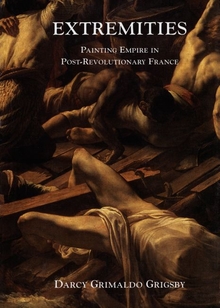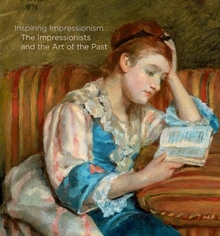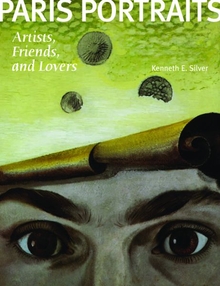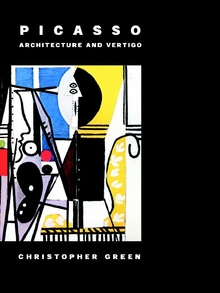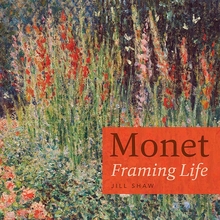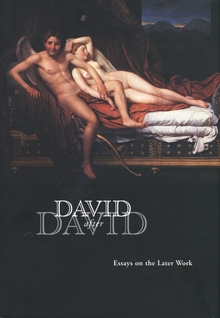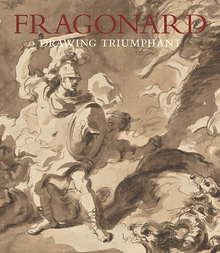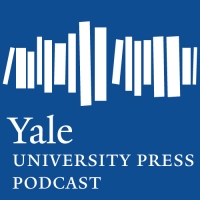Extremities
WARNING
You are viewing an older version of the Yalebooks website. Please visit out new website with more updated information and a better user experience: https://www.yalebooks.com
Painting Empire in Post-Revolutionary France
Darcy Grimaldo Grigsby

Read this book online via the A&AePortal, our art and architectural history eBook platform. To learn more about how to access this book, please contact us.
Out of Print
In the decades following the French Revolution, four artists—Girodet, Gros, Géricault, and Delacroix—painted works in their Parisian studios that vividly expressed violent events and issues in faraway, colonial lands. This highly original book examines six of these paintings and argues that their disturbing, erotic depictions of slavery, revolt, plague, decapitation, cannibalism, massacre, and abduction chart the history of France’s empire and colonial politics.
Darcy Grimaldo Grigsby shows that these paintings about occurrences in the West Indies, Syria, Egypt, Senegal, and Ottoman Empire Greece are preoccupied not with mastery and control but with loss, degradation, and failure, and she explains how such representations of crises in the colonies were able to answer the artists’ longings as well as the needs of the government and the opposition parties at home. Empire made painters devoted to the representation of liberty and the new French nation confront liberty’s antithesis: slavery. It also forced them to contend with cultural and racial differences. Young male artists responded, says Grigsby, by translating distant crises into images of challenges to the self, making history painting the site where geographic extremities and bodily extremities articulated one another.
Darcy Grimaldo Grigsby shows that these paintings about occurrences in the West Indies, Syria, Egypt, Senegal, and Ottoman Empire Greece are preoccupied not with mastery and control but with loss, degradation, and failure, and she explains how such representations of crises in the colonies were able to answer the artists’ longings as well as the needs of the government and the opposition parties at home. Empire made painters devoted to the representation of liberty and the new French nation confront liberty’s antithesis: slavery. It also forced them to contend with cultural and racial differences. Young male artists responded, says Grigsby, by translating distant crises into images of challenges to the self, making history painting the site where geographic extremities and bodily extremities articulated one another.
Darcy Grimaldo Grigsby is associate professor of the history of art at the University of California, Berkeley.
ISBN: 9780300088878
Publication Date: May 11, 2002
Publication Date: May 11, 2002
408 pages, 7 3/4 x 10 3/4
139 b/w + 81 color illus.
139 b/w + 81 color illus.

